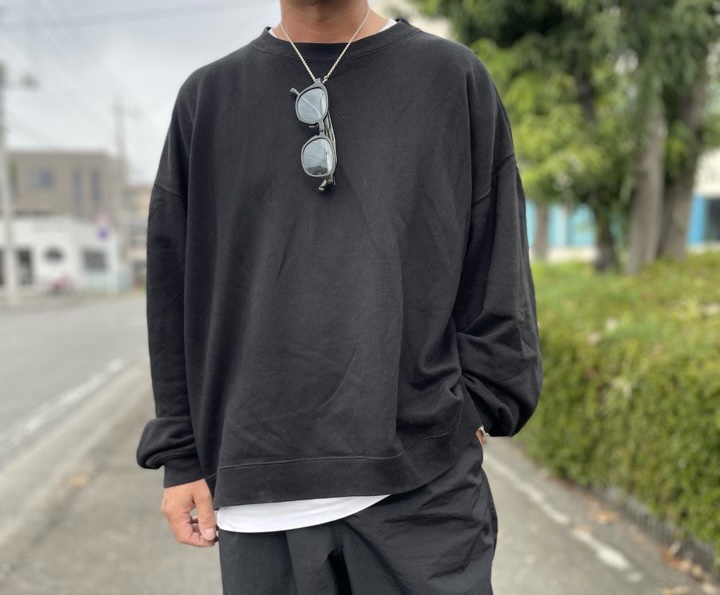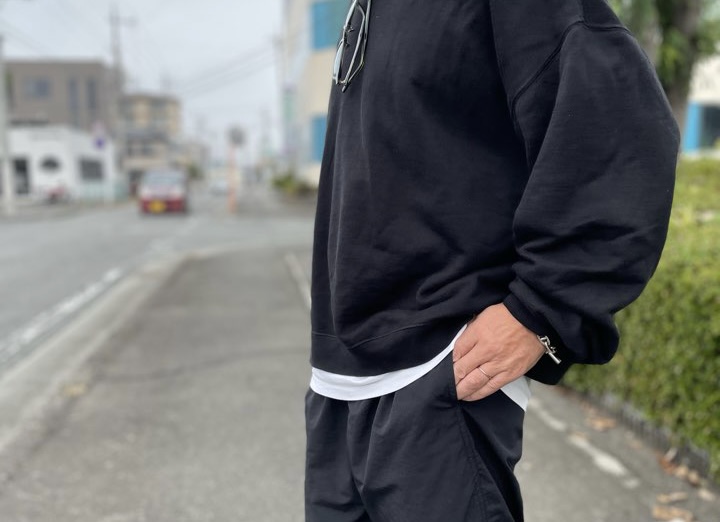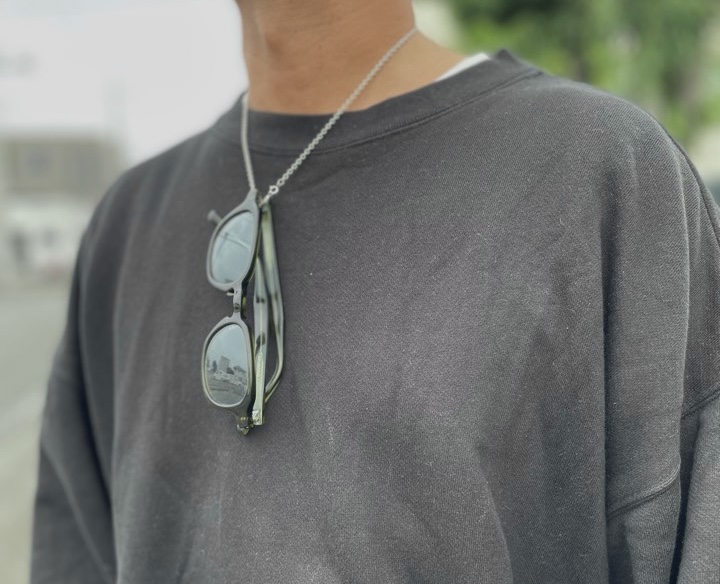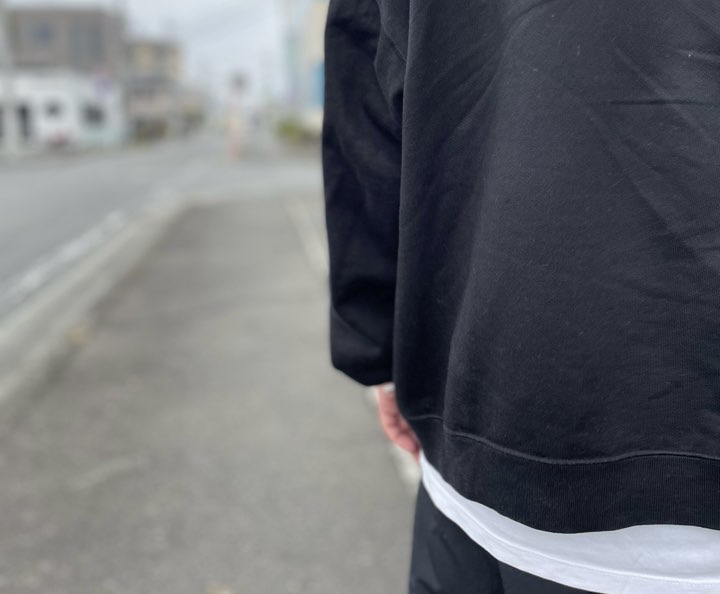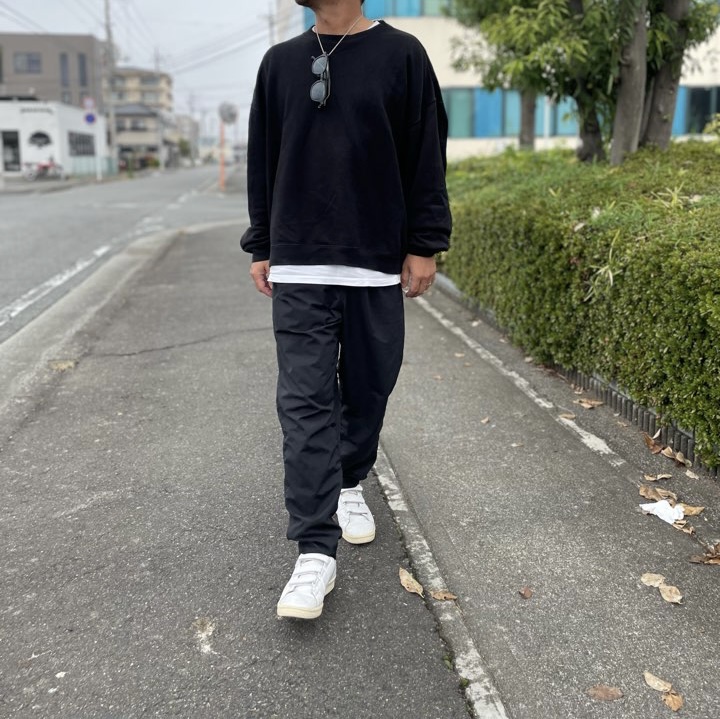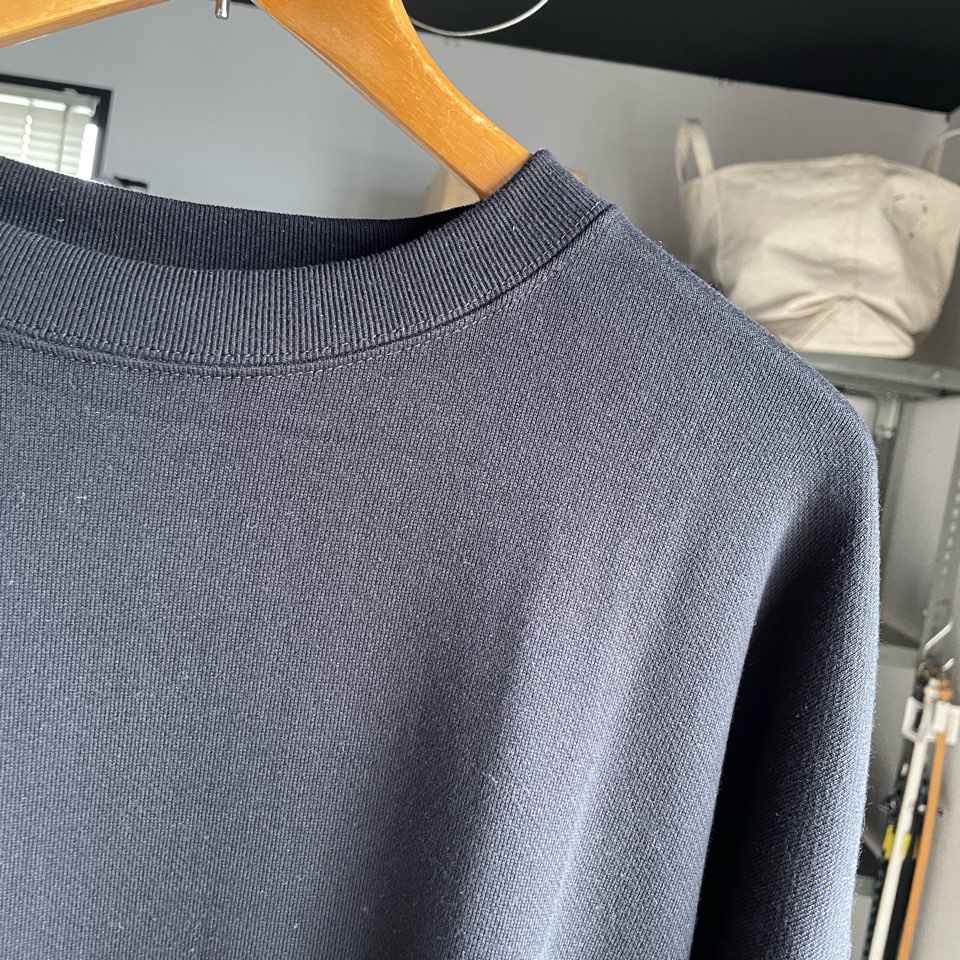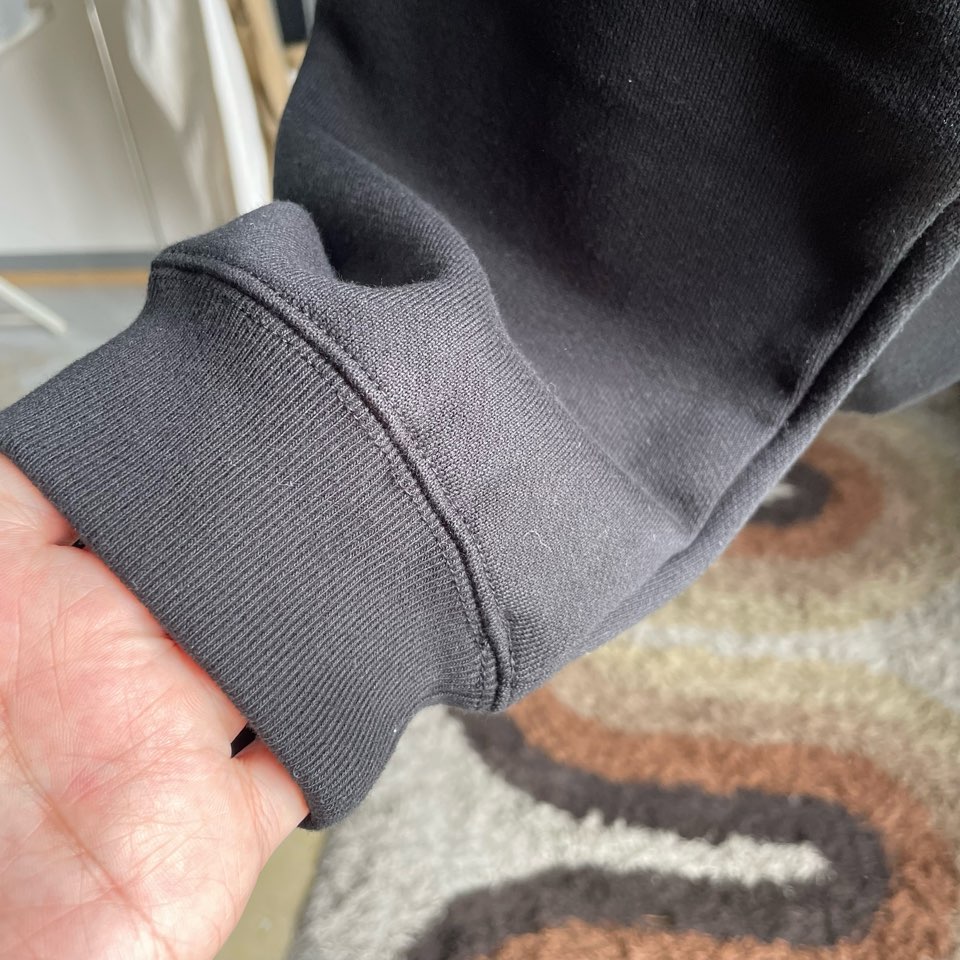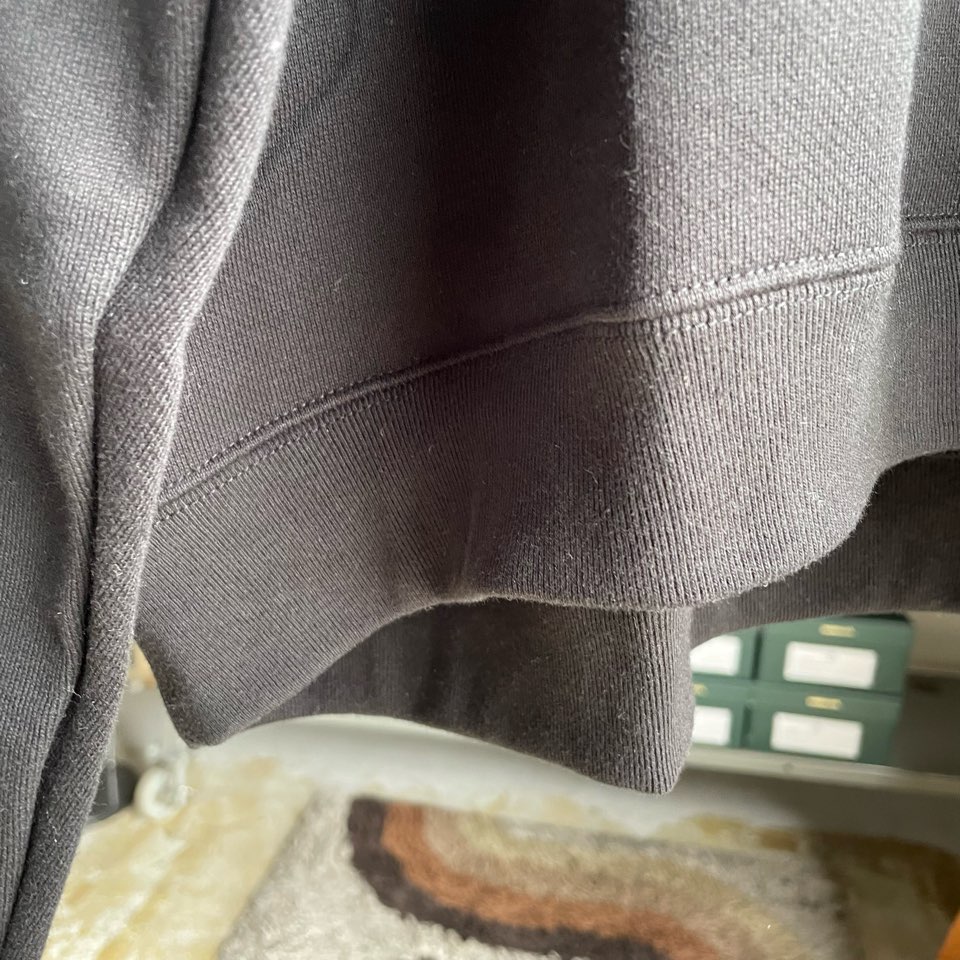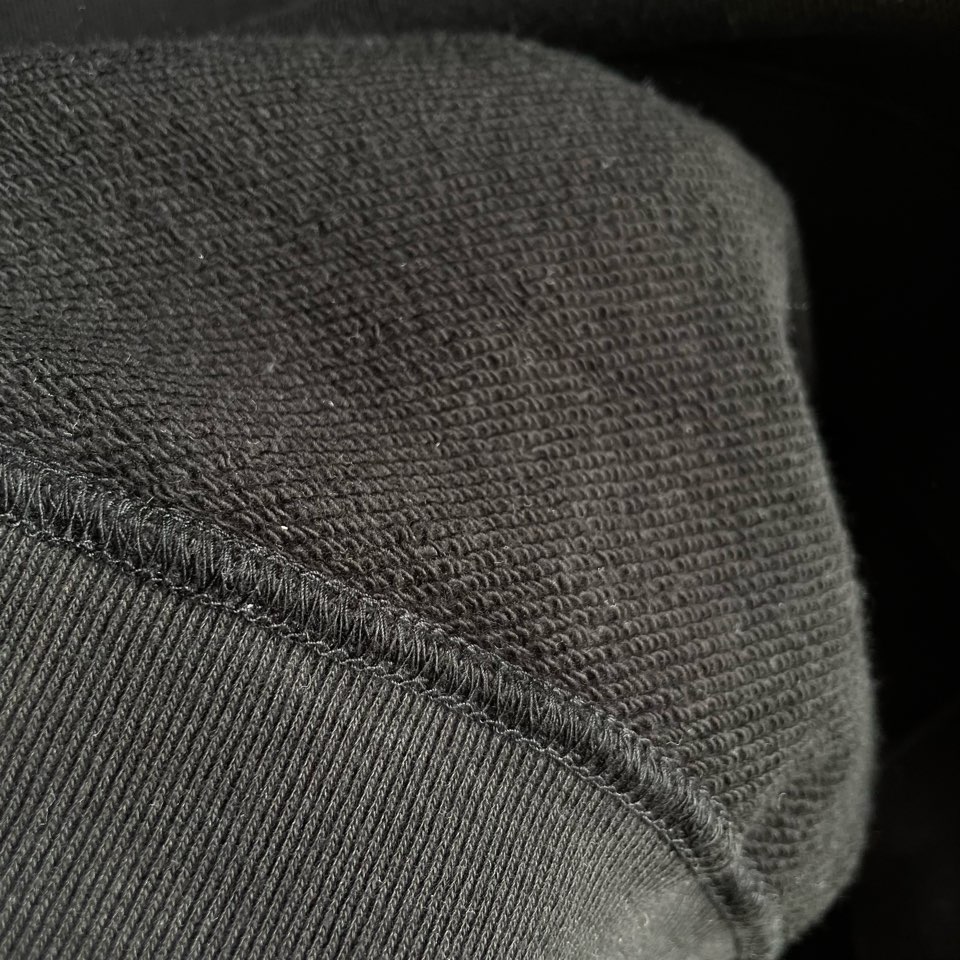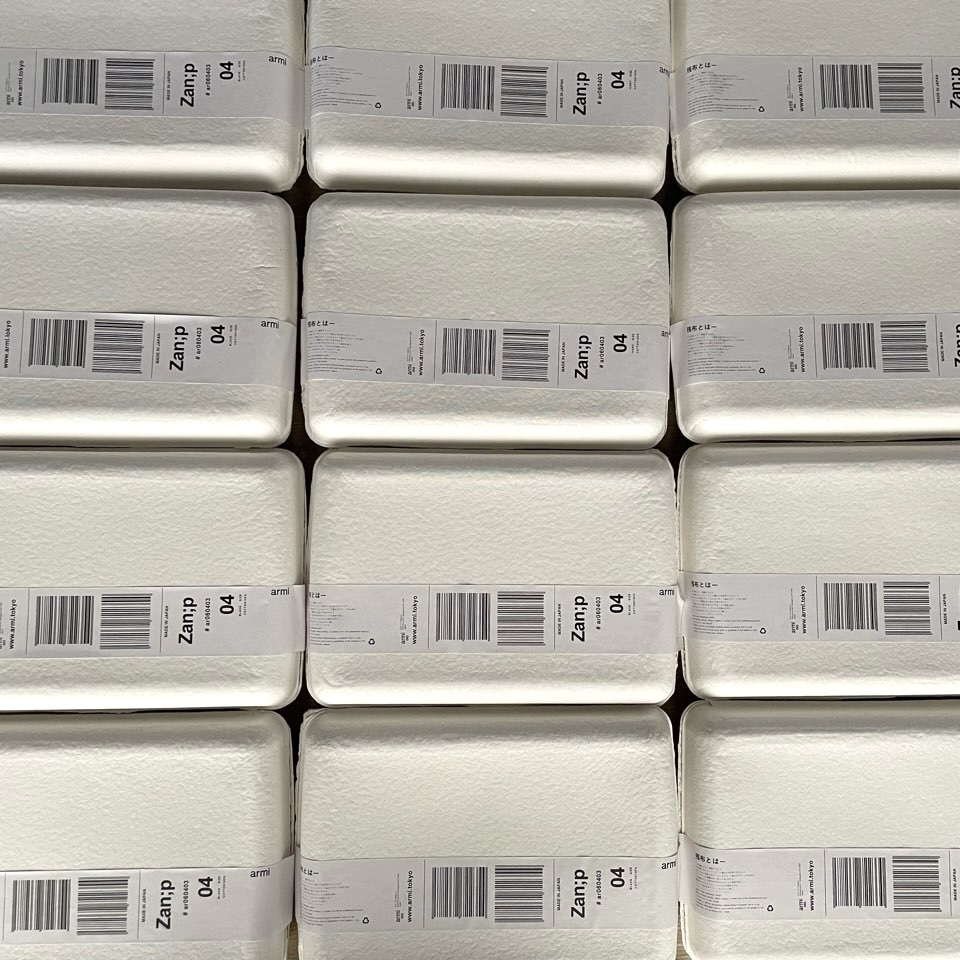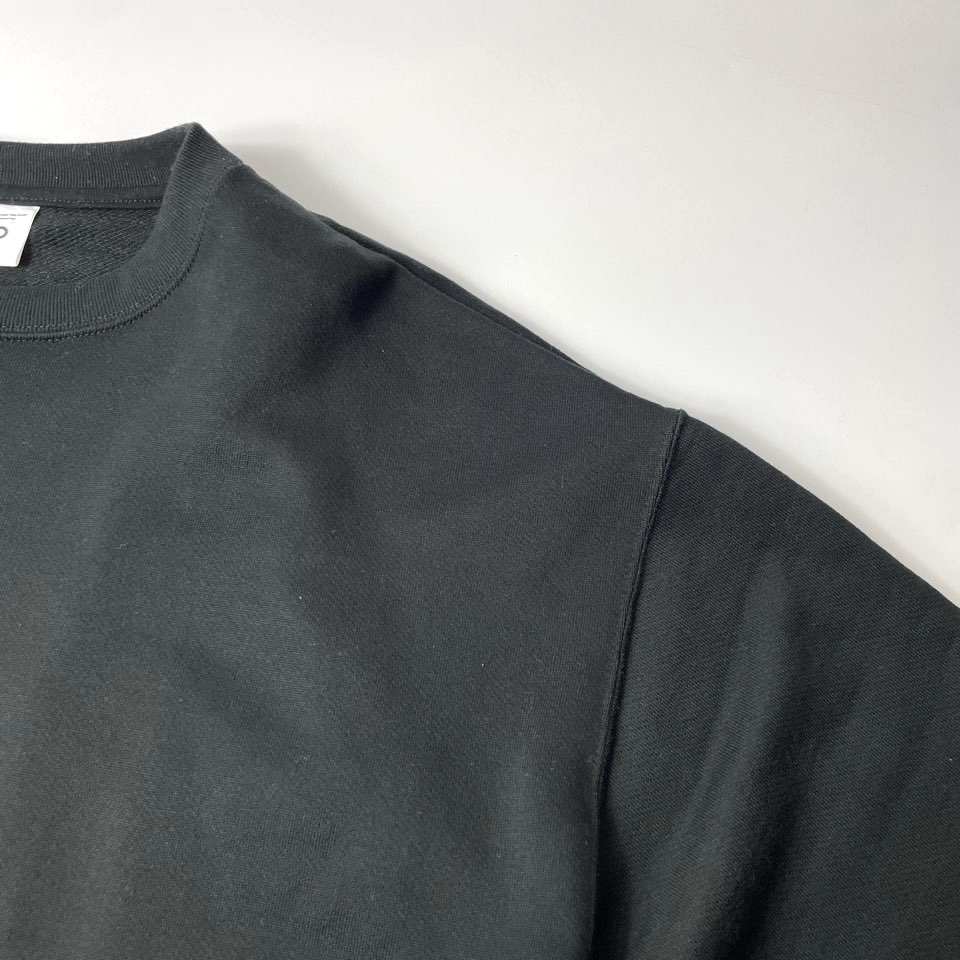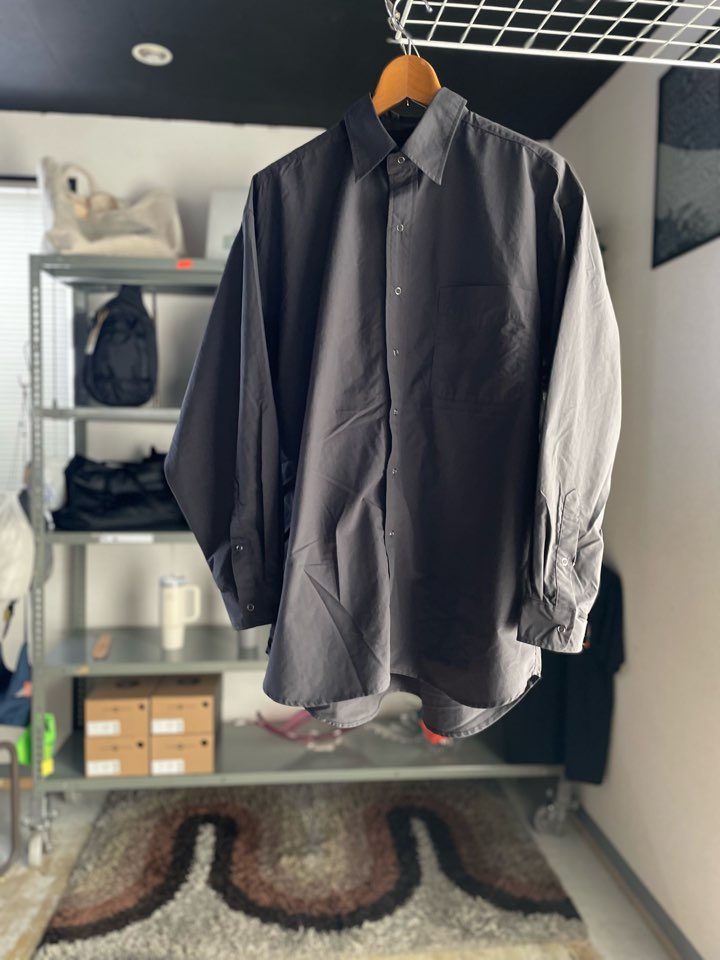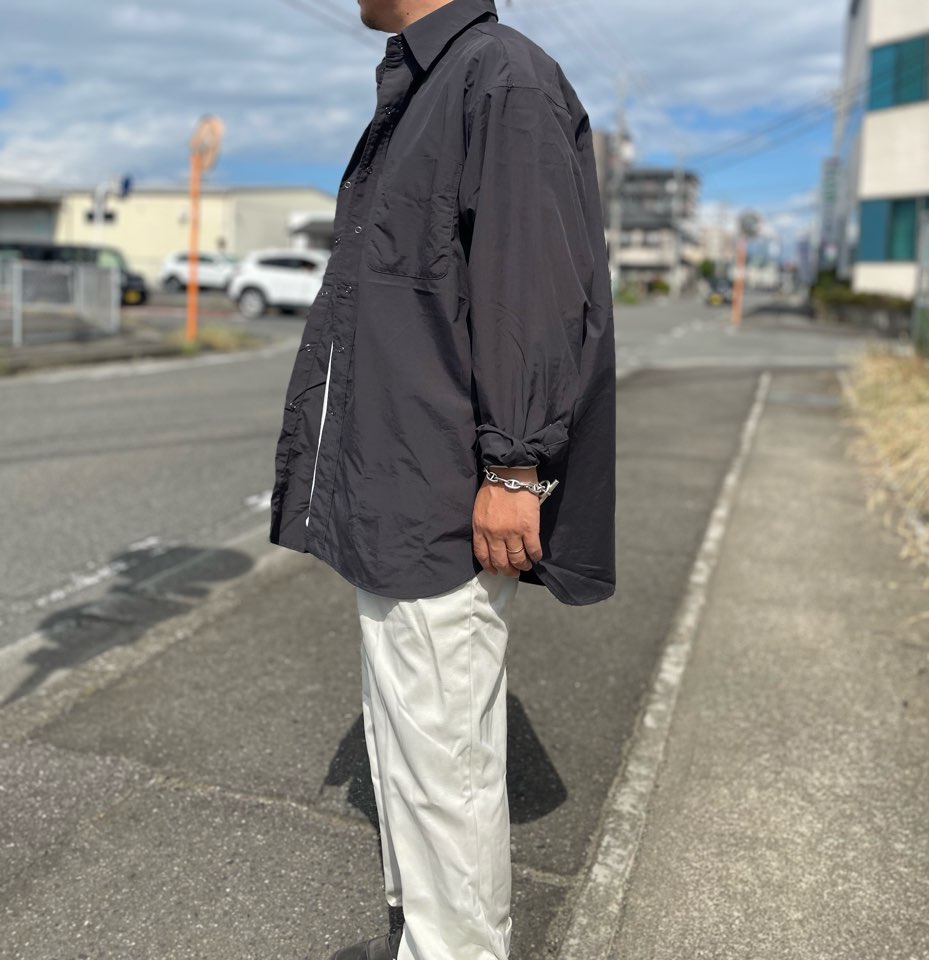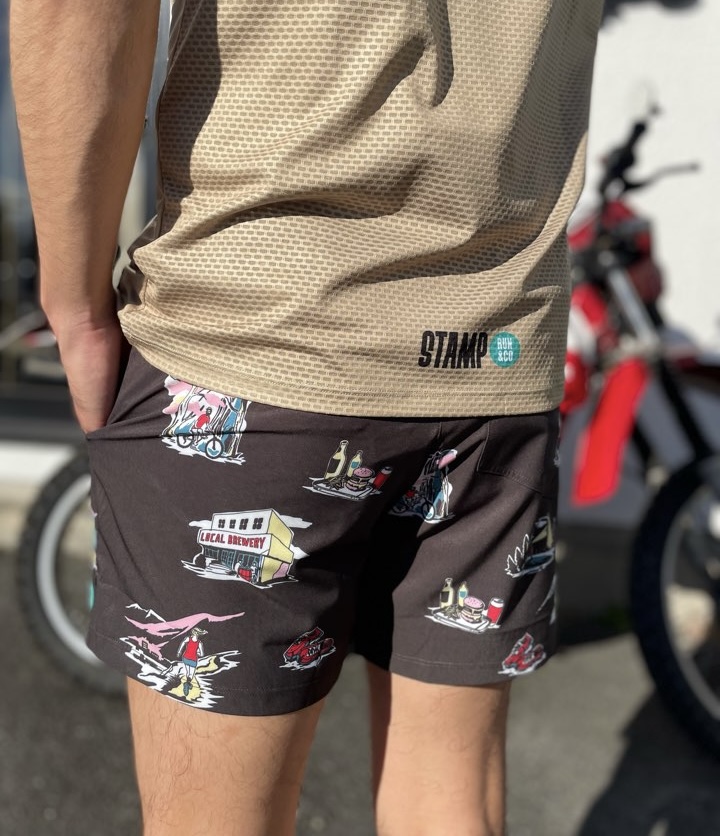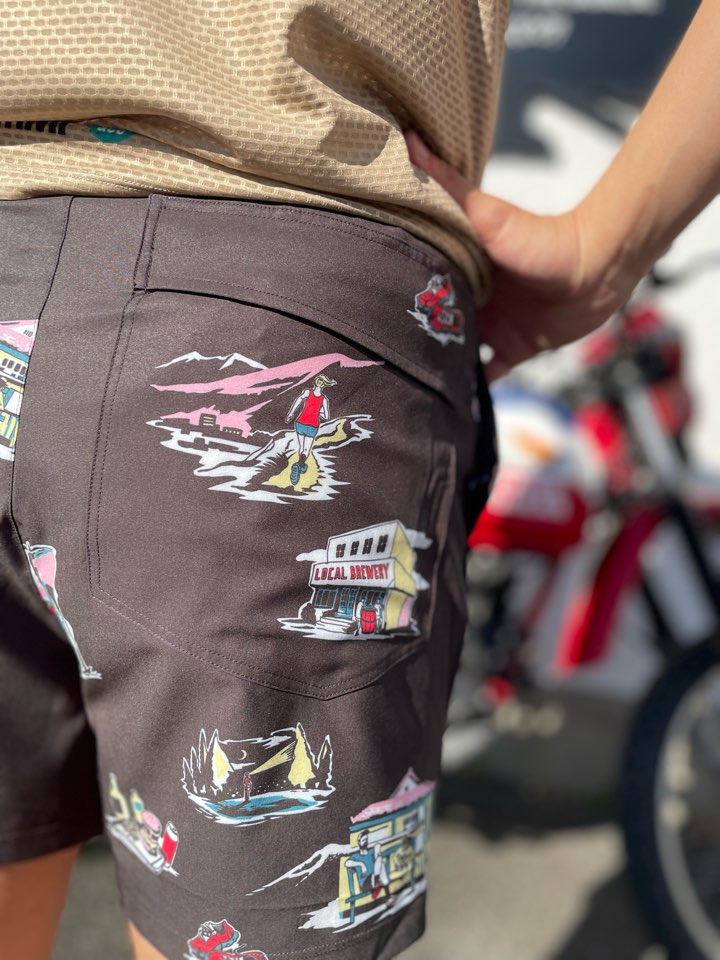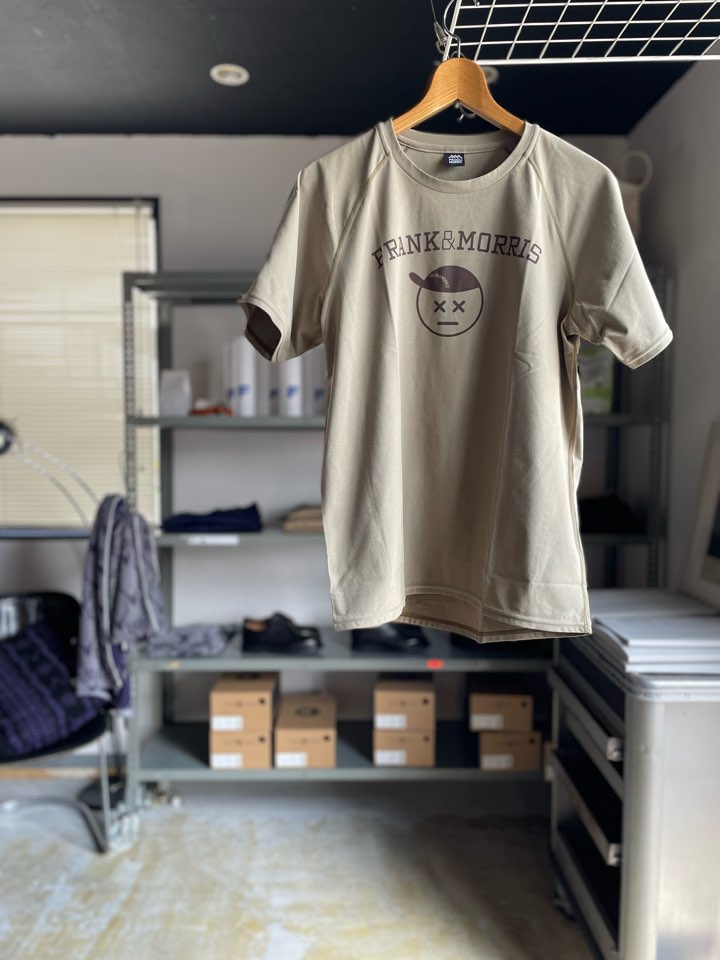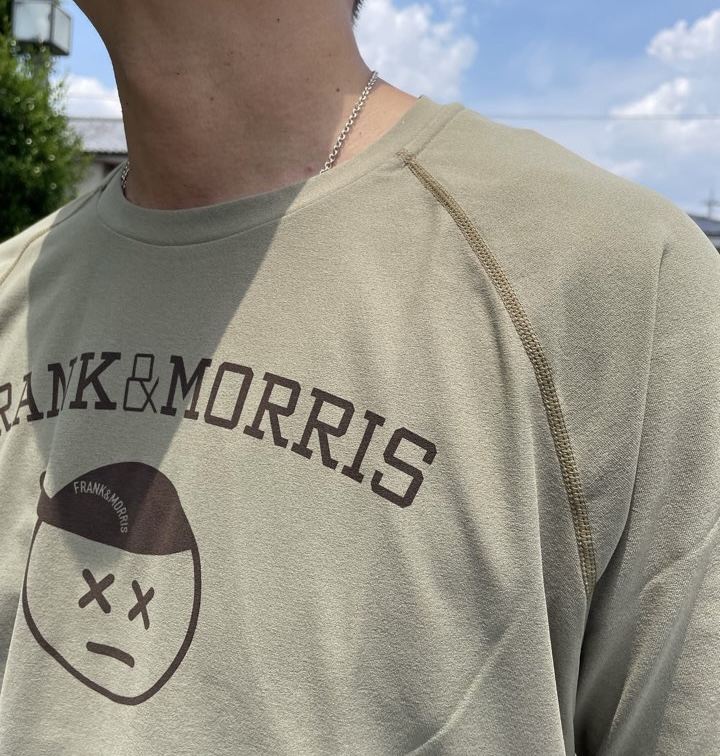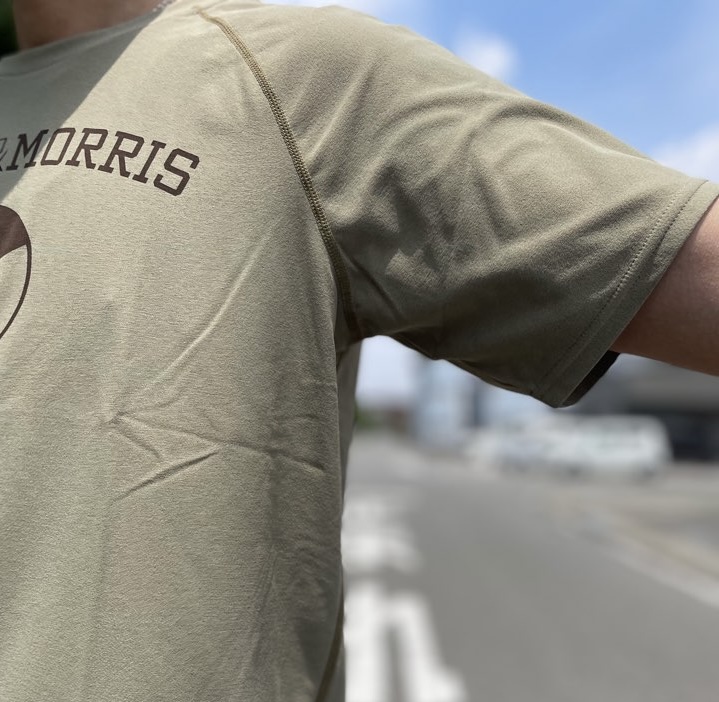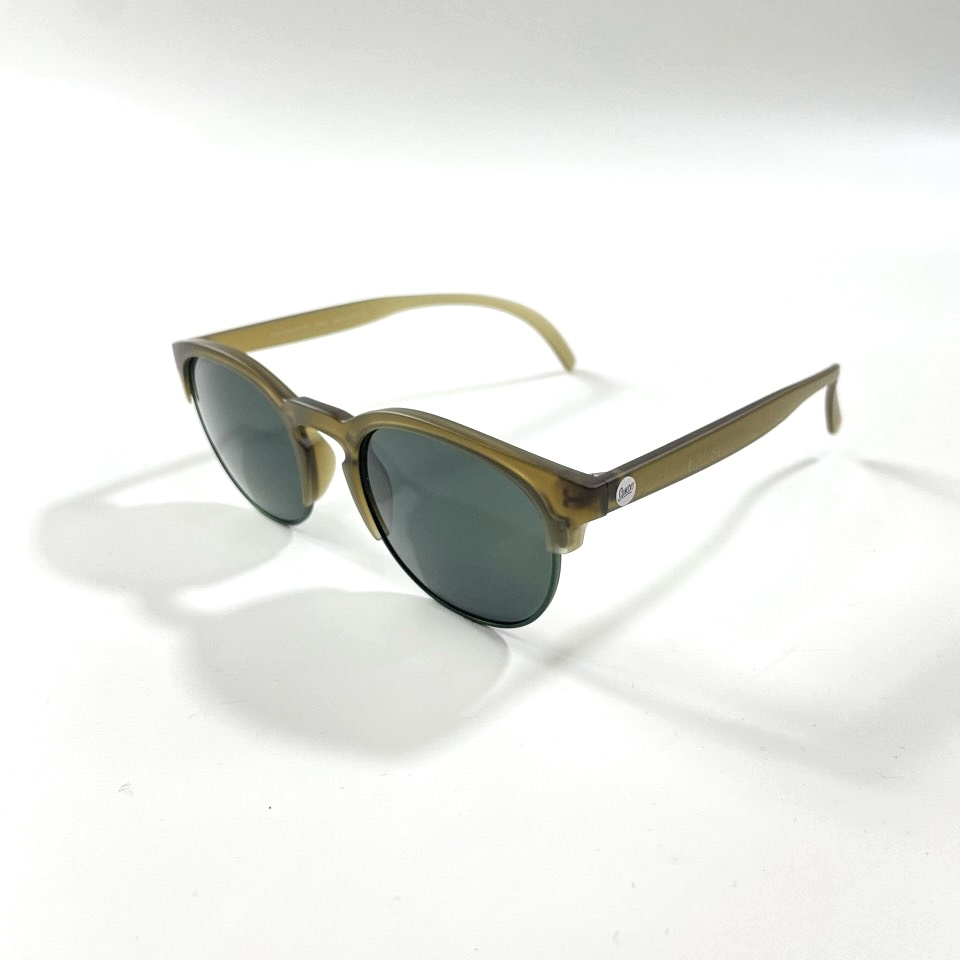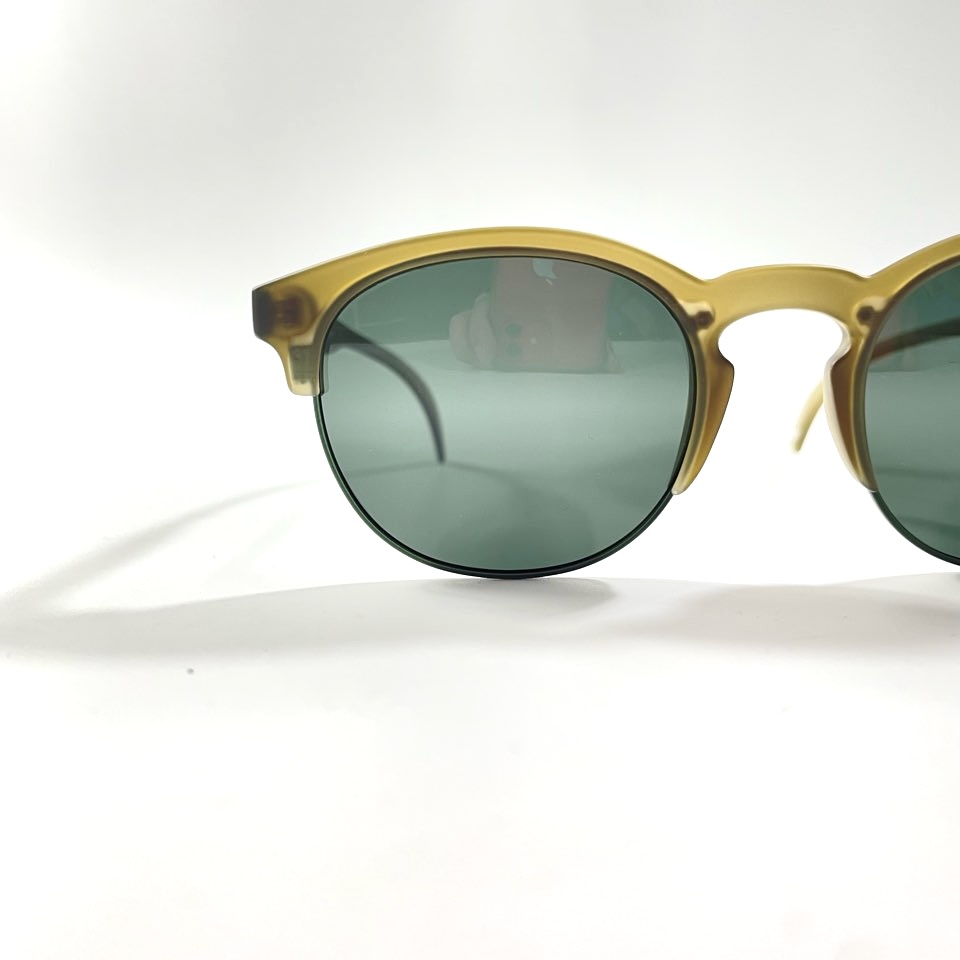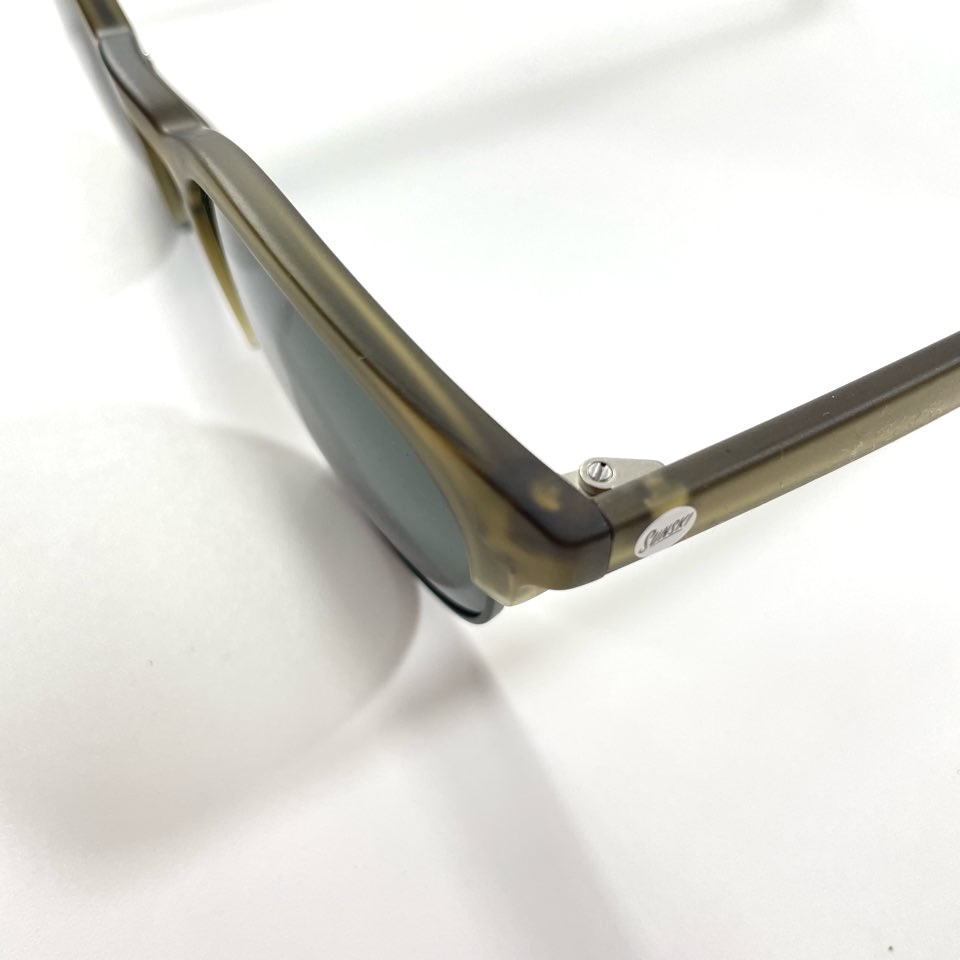【BUYERコメント】
サスティナブルな観点から生まれた『Zan;p』残布シリーズ。
これはホントにオススメな1枚。
クオリティーの高い綿100%の生地、ゆったりとした曖昧なサイズ感。
ゆったりシルエットの薄手のスウェット。なので、今時期は1枚で。冬場のカットソーとしても大活躍。
この”ゆるさ”が今の気分です。
裏毛のスウェット生地で、厚みがなく、ドライな質感。
カットソーより、着易くてルーズ。
サイズ4のワンサイズのみの潔い展開。
短めのリブも良いんですよ。。
絶妙な艶感で清潔感のあるキレイめな印象に。
良心的なプライスも魅力的です。
165cm / 4
SIZE
4 : 着丈 68.5cm / 肩幅 62.0cm / 身幅 66.0cm / 袖丈 62.5cm
STORY
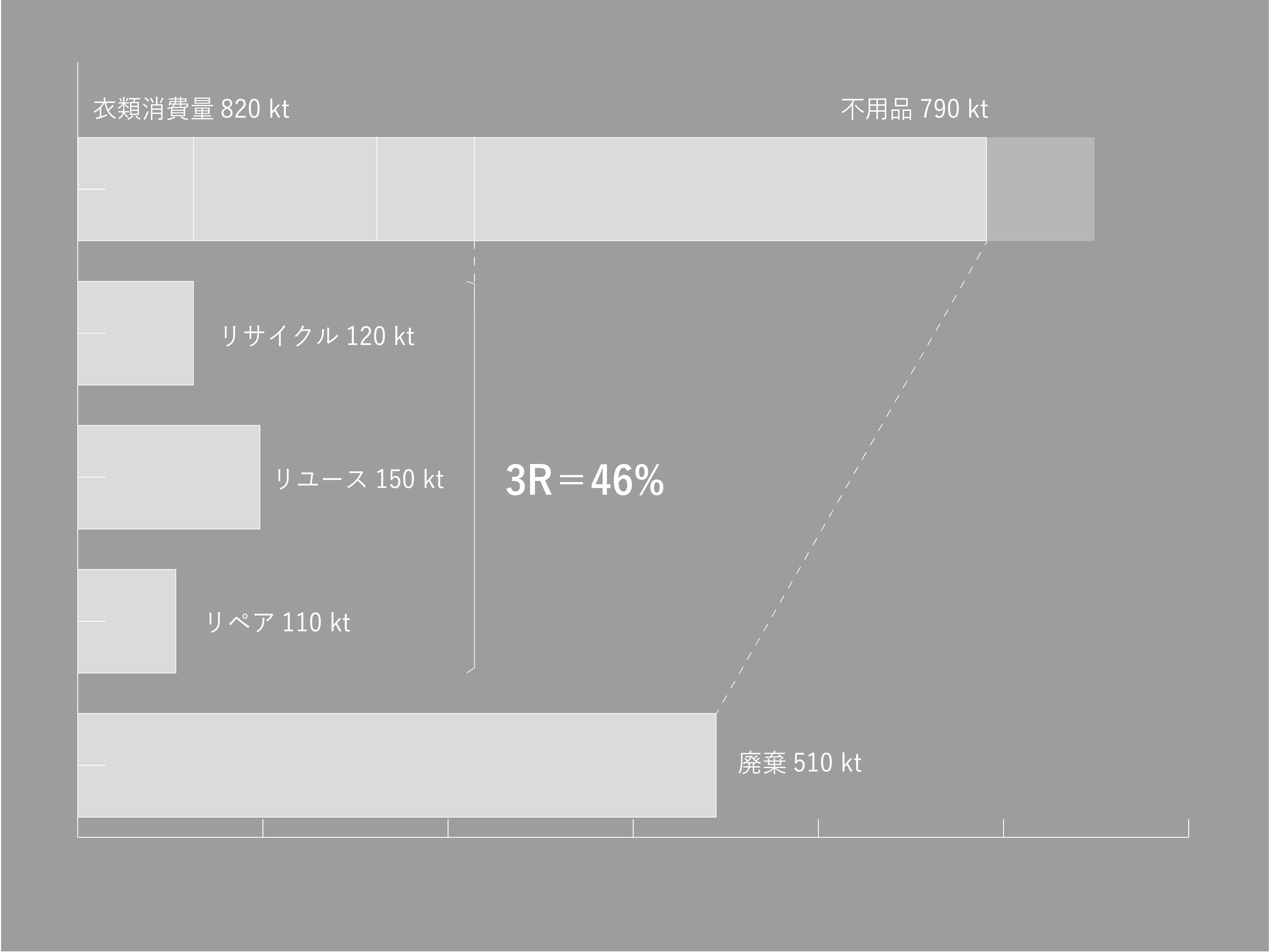
廃棄衣料の現状とその行方
日本の衣料品は年間商品82万トン消費され、その約9割にあたる79万トンが捨てられます。
その中で、古着として再利用されるのが15万トン、工業用や原材料として再利用されるのが12万トン、修理して使うリペアが11万トン、内なんと51万トンがごみとなっています。これを枚数に換算すると20億着にも及びます。
衣類サイクルを平均にすると、私たち一人当たり年間約18枚購入し、12枚ほど手放し、25枚は1年間に1度も着られない洋服となります。
洋服が短サイクルで捨てられ、再活用が十分にされていない現状があります。
衣類の3R(リサイクル・リユース・リペア)率は46%、エコ大国ドイツは70%。
10年前に比べ割合が増加しつつありますが、国際的にみてもまだ低い数値だということがわかります。 (出展:株式会社日本総研 環境省 2021)
衣類をごみとして廃棄してしまう理由の多くは「手間や労力がかからないから」
ですが廃棄焼却処分で発生する二酸化炭素(CO2)は、地球温暖化などの環境問題にも大きく関わっています。
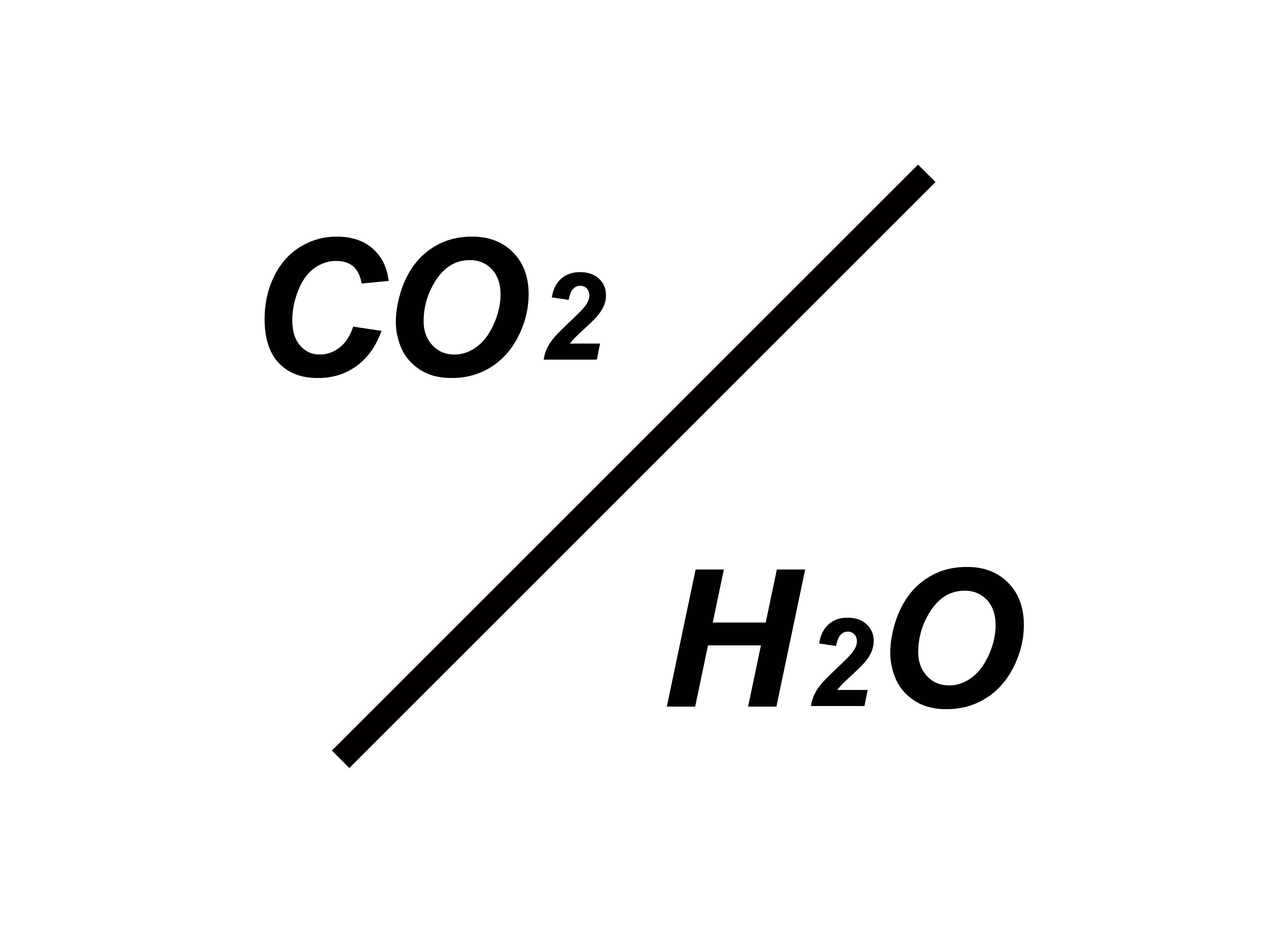
洋服が環境に与えるインパクト
では、衣類が与える環境問題について掘り下げましょう。
私たちが着ている洋服、これらの製造プロセスではCO2が排出されます。原料である植物の栽培・染色には大量の水が使われ、生産過程で余った生地など廃棄物も多くでます。
1着あたり、CO2排出量は500mlペットボトル約255本分、水消費量は浴槽の11杯分にもなります。
年間CO2排出量の45%以上が原材料の調達によるもの、 また、国内に供給される衣服製造に必要な水の量の9割は綿の栽培に使われます。
armiのZan;p Teeは、通常廃棄されてしまうはずの、生産過程で余った生地を再利用して作られています。
「ゴミを減らす、ゴミを出さない。」
つまりは、CO2排出抑制と節水にも繋がります。
できることから一つづつ、
たった1枚のTシャツからでも、私たちが起こす確かなアクション。
Current Situation and Future Directions of Wasted Clothes
In Japan, we consume approximately 820,000 tons of clothing products per year, and 790,000 tons – 90% of clothes – are thrown away. Out of those, we recycle 150,000 tons as second-hand clothes, 120,000 tons for industrial and material use, 110,000 tons as repaired items, and surprisingly, 510,000 tons turn into garbage. When it comes to the quantity of the number, it reaches as much as 20,000,000 clothes wasted in total.
Taking the average of clothing product’s life cycle, we annually buy about 18 clothes, part with 12, and never wear 25 per year per capita. Clothing is discarded in short cycles and not fully reused.
The rate of clothing product’s 3R (Recycle, Reuse, Repair) is 46% in Japan while Germany ? one of the best environmentally friendly countries ? is 70%. Although the rate has been increasing in our country compared with the past ten years, it is still a low number from an international perspective. (Reference: Japan Research Institute, Limited Ministry of Environment 2021)
The biggest reason to waste clothes as garbage is that “it doesn’t take too much effort” however, carbon dioxide (CO2) generated from disposal incinerators largely influences environmental issues such as global warming.
Environmental impact of clothes
Digging into a little more about the environmental impact of clothes, it can be found that CO2 is generated by the manufacturing process of clothing products that we wear. It consumes a massive amount of water to cultivate plants as raw material and dying as well as a waste of excess fabric left through the process. CO 2 emission reaches approximately 255 plastic bottles of 500ml per clothe, and water consumption is even up to 11 bathtubs.
45% of the annual CO2 emission is generated by procurement of raw materials and, even further, 90% of water consumption needed to manufacture clothing products that are supplied inside of the country is used for cotton cultivation.
armi’s Zan;p Tee reduces environmental impact by recycling leftover fabric from the manufacturing process instead of wasting it.
“Reduce Waste, Zero Waste” will result in control of CO2 emissions as well as water-saving.
One step at a time, starting with what you can do.
Even if it starts from one t-shirt, it remarks our action for the environment.
残布とはー
生地を編むとき、縫製するとき、生産過程において出てしまう半端な生地の残りを言います。
通常は、流通にのらず廃棄されてしまいますが、半端なだけで、生地自体のクオリティーに問題はなく使える残り布です。
What is the remaining cloth?
When knitting dough, when sewing, it comes out in the production process
I say the rest of the dough.
Normally, it will be discarded without being circulated, but it is the remaining cloth that can be used with no problems in the quality of the fabric itself, just by being half-ended.

日本の衣料品は年間商品82万トン消費され、その約9割にあたる79万トンが捨てられます。 その中で、古着として再利用されるのが15万トン、工業用や原材料として再利用されるのが12万トン、修理して使うリペアが11万トン、内なんと51万トンがごみとなっています。これを枚数に換算すると20億着にも及びます。
衣類サイクルを平均にすると、私たち一人当たり年間約18枚購入し、12枚ほど手放し、25枚は1年間に1度も着られない洋服となります。 洋服が短サイクルで捨てられ、再活用が十分にされていない現状があります。
ですがこうした衣類廃棄の問題も視点を少し変え、エシカルな観点で物をみると
作る側・使う側、双方が納得できる新しい価値観のプロダクトに変わります。
サーキュラーエコノミー=循環型衣料を目指し
各工場協力の元、残布を集め整反し、つど縫製を行い、
そうして残布を利用した「Zan:p シリーズ」が完成しました。
Japan’s clothing items are consumed by 1.1 million tons of product annually, and about 940,000 tons are thrown away. It is 140 thousand tons reused as old clothes, 100 thousand tons for industrial use and raw materials, 700 thousand tons in garbage.
Converting this to the number of pieces, 2.3 billion pieces of clothing are incinerated.
Reuse and recycling rate of clothing is 20% or less.
Germany is 70%. It is understood that it is a low numerical value internationally.
There are currently few methods for throwing away clothes in a short time and reusing them.
From the ethical point of view of such problems
Just by slightly changing the point of view, both the production side and the use side can be convinced.
With the cooperation of each factory, we gathered the remaining fabrics and adjusted sewing every time
In this way we have reached the completion of “Zan: p “.


